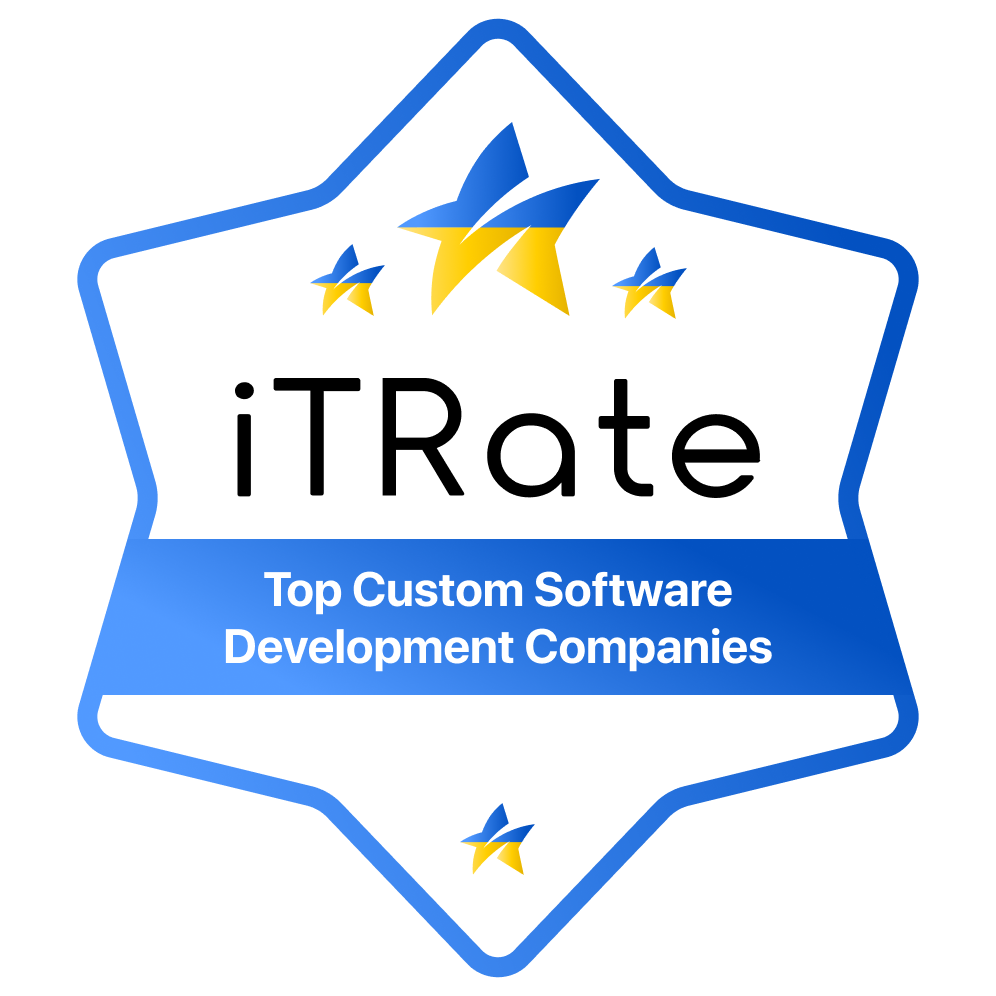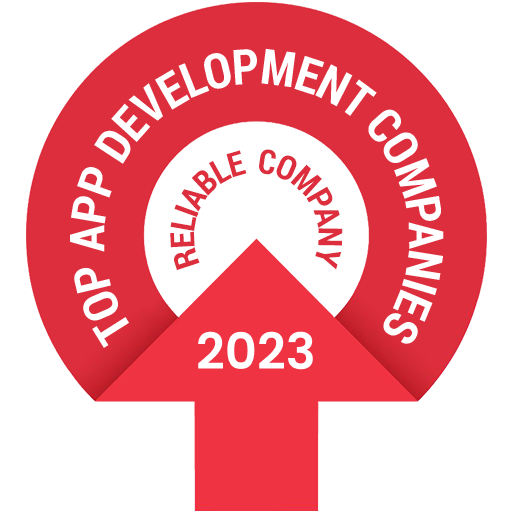AI Integration for Business Owners
Why AI belongs in your operating playbook
Automation and intelligent analytics are no longer side projects; they are how teams reclaim time, improve decision making, and deliver consistent experiences. This guide helps non-technical leaders cut through the hype and implement AI responsibly—anchored on clear business value, not novelty tools.
Each section references templates from the toolkit: opportunity backlog canvas, ROI calculator, human-in-the-loop playbook, and executive briefing deck. Use them as you move through the framework to keep stakeholders aligned.
Step 1: Map workflows that deserve AI
Begin with the AI opportunity backlog canvas. Capture every workflow that drains time, money, or customer trust. Then score each item using three lenses:
| Lens | Questions to ask | Evidence to gather |
|---|---|---|
| Impact | How much time or revenue could be gained if this workflow improved? | Cycle time, error rates, customer wait times, revenue at risk. |
| Effort | How difficult is the workflow to automate or augment? | Data availability, system integrations, change management complexity. |
| Risk | What happens if automation fails or behaves unpredictably? | Compliance requirements, regulatory exposure, customer trust impact. |
Prioritise workflows that score high on impact, low-to-medium on effort, and manageable on risk. This gives you a shortlist of automation candidates that are both valuable and realistic.
Step 2: Design human + AI guardrails
Automation success relies on clarity around ownership and escalation. Adapt the human-in-the-loop playbook to your organisation:
- Escalation matrix – Define when automation hands off to a teammate (error thresholds, customer emotion, out-of-policy requests).
- Quality checkpoints – Build QA audits (daily, weekly) where humans sample outcomes and record improvement actions.
- Change enablement plan – Outline training, FAQs, and internal messaging so teams understand how AI augments their work rather than replaces it.
Step 3: Align on ROI and roadmap
Build momentum with a transparent ROI narrative. Plug your assumptions into the ROI calculator template to calculate:
- Baseline cost – Current labour hours, error rates, or churn impact.
- Expected benefit – Time saved, incremental revenue, or performance improvement.
- Investment – Licensing, implementation effort, change enablement, ongoing maintenance.
- Payback timeline – How long it takes for the benefit to offset the investment.
Summarise the results in the executive briefing deck. Stakeholders should see a one-page view of top opportunities, projected payoff, and risk mitigations.
Step 4: Run a focused pilot
Structure your pilot over a six-week timeline:
- Week 1: Pilot charter – Define the problem statement, hypothesis, success metrics, and pilot cohort. Document everything in the briefing deck.
- Weeks 2–3: Implementation – Configure the AI solution, connect data sources, and build manual fallbacks for edge cases.
- Week 4: Training + dry run – Train affected teams, simulate high-risk scenarios, and finalise the escalation matrix.
- Week 5: Live pilot – Activate the workflow for a limited cohort. Track metrics in a shared dashboard and capture qualitative feedback daily.
- Week 6: Review + scale decision – Compare pilot outcomes against your ROI model. Decide whether to iterate, expand, or pause.
Tool selection criteria
Rather than chasing vendor lists, evaluate tools against practical criteria:
- Time-to-first outcome – How quickly can you launch a pilot that proves value?
- Integration surface – Does the tool connect to your CRM, helpdesk, or data warehouse?
- Governance – What controls exist for permissions, audit logs, and model transparency?
- Adaptability – Can business teams configure workflows without heavy engineering lift?
- Support and roadmap – Does the vendor provide implementation guidance and a clear feature roadmap?
Document your evaluation in the vendor comparison sheet so procurement, compliance, and IT can review and sign off quickly.
Metrics that keep you honest
| Metric | What it indicates | How to capture |
|---|---|---|
| Hours reclaimed | Efficiency gained from automation. | Baseline task time vs. automated run time; log savings weekly. |
| Error rate | Quality impact of the AI workflow. | Track defects or rework before and after automation. |
| Customer response time | Speed-to-resolution for support or sales interactions. | Use helpdesk or CRM reports segmented by automation-assisted cases. |
| Adoption sentiment | Team confidence in the new workflow. | Run fortnightly pulse surveys for stakeholders involved. |
Risks to manage
Unreliable data foundations
Audit data sources early. Document gaps and assign owners before automation goes live.
Shadow AI adoption
Create a lightweight intake process so teams can propose new AI experiments with proper oversight.
Compliance surprises
Review data processing agreements and privacy policies with legal before turning on any third-party AI tool.
Move forward with confidence
- Populate the AI opportunity backlog canvas with your top workflows.
- Score each opportunity and select one with strong value and manageable risk.
- Adapt the human-in-the-loop playbook so teams know how AI supports them.
- Build the ROI narrative using the calculator and briefing deck.
- Launch a six-week pilot, measure outcomes, and present the results to stakeholders.
AI is most effective when it is deliberate, transparent, and measured. Treat each deployment as an operational upgrade: small, iterative, and tightly aligned to business value.


